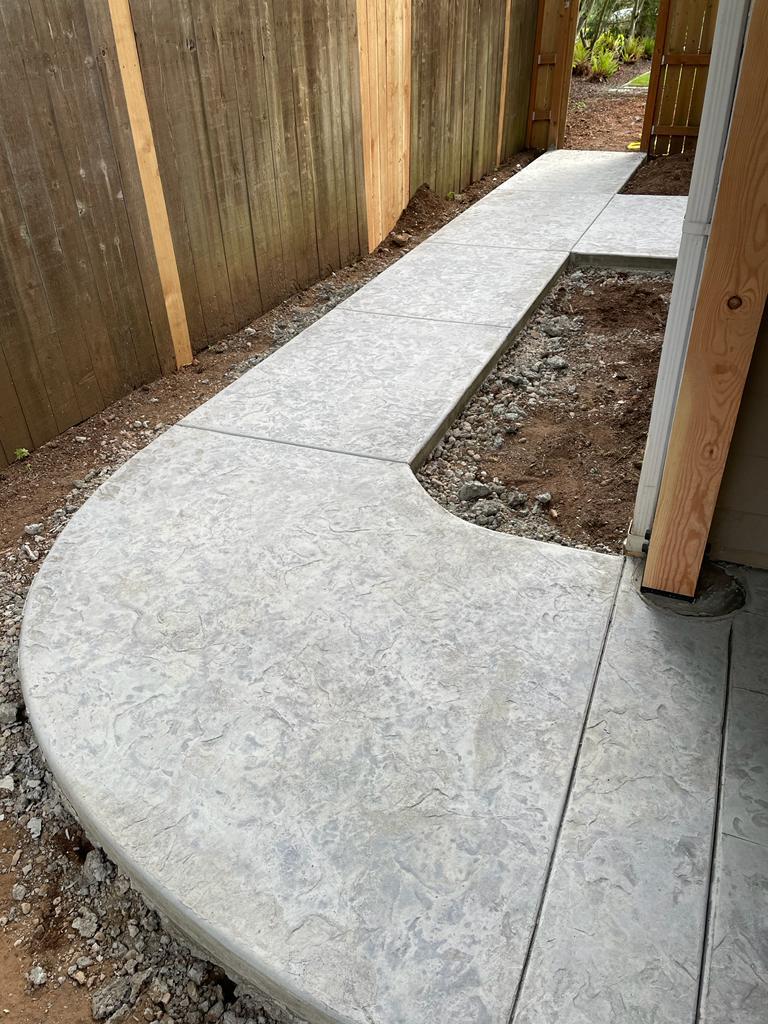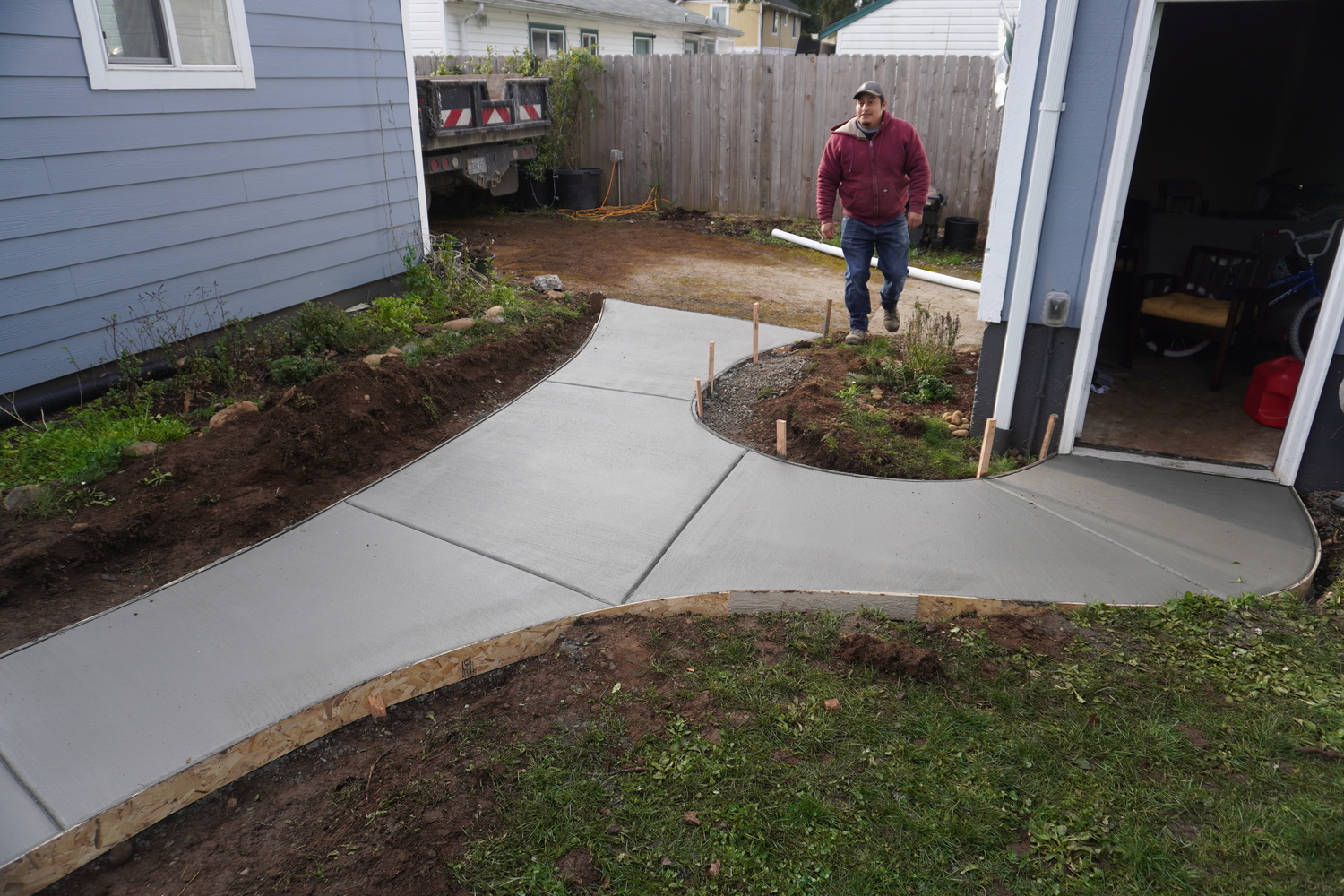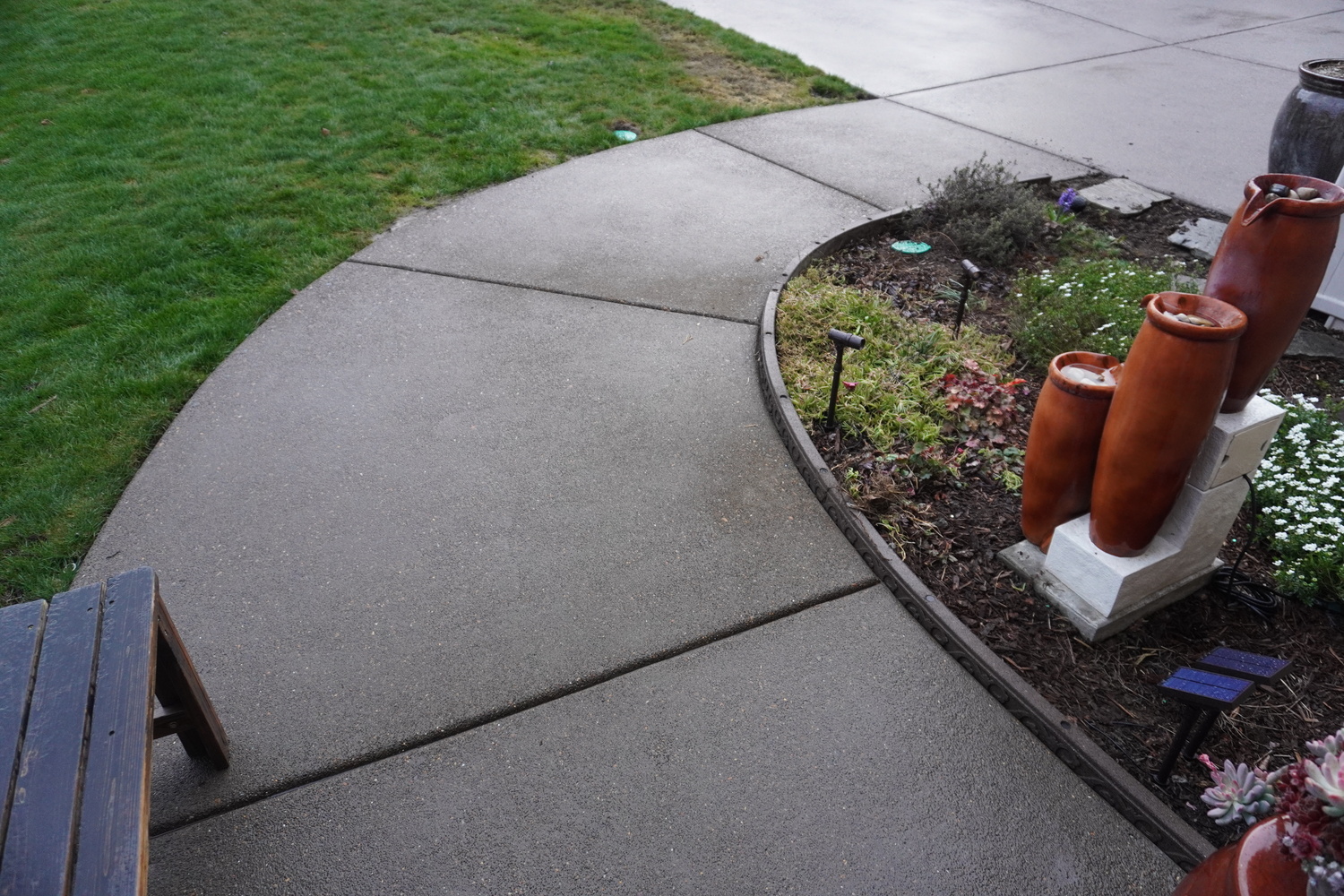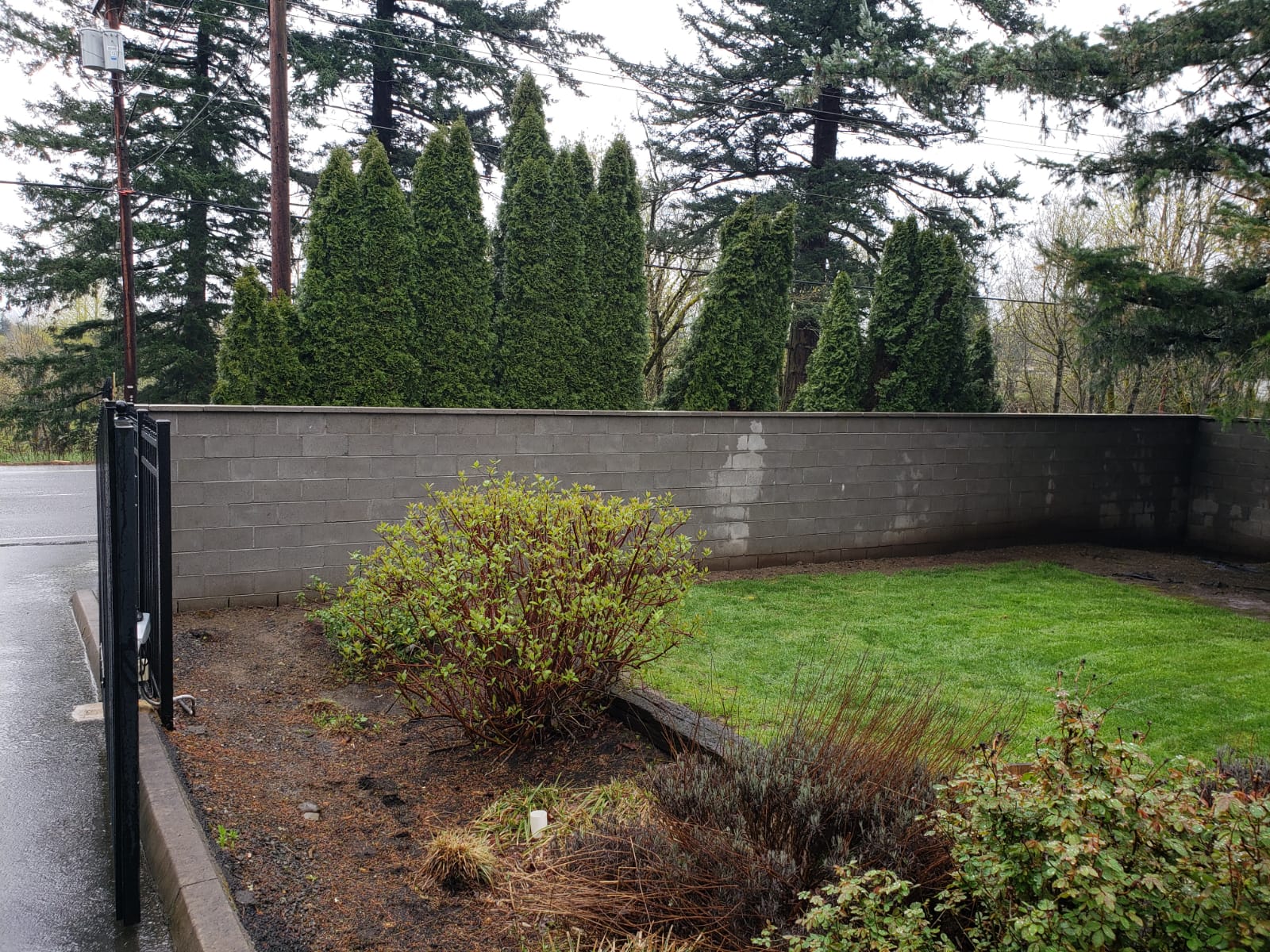Concrete sidewalks are a vital component of urban infrastructure, providing safe pathways for pedestrians and enhancing the aesthetic appeal of neighborhoods. When building concrete sidewalks, several ideal methods ensure durability, longevity, and a visually pleasing result.
This blog will explore these methods to help you understand the critical steps in constructing a high-quality concrete sidewalk.
- Site Preparation:
The first crucial step in building concrete sidewalks is proper site preparation. This involves clearing the area of any obstructions, including vegetation, debris, or existing concrete that needs replacement. The ground must be leveled and compacted to provide a stable base for the Concrete Sidewalk.
- Formwork Installation:
Once the site is ready, formwork is installed to build the desired shape and dimensions of the sidewalk. Formwork is a mold containing the concrete during the pouring and curing process. It ensures that the sidewalk has a uniform thickness and smooth surface.
- Reinforcement:
Reinforcement is often used to enhance the strength and durability of the concrete sidewalk. This can include steel mesh or rebar, which helps prevent cracking and structural issues over time. Proper reinforcement ensures the sidewalk can withstand heavy foot traffic and environmental factors.
- Concrete Mix Design:
Selecting the right concrete mix is crucial for the quality of the sidewalk. The mixture should meet local specifications and consider climate and anticipated traffic loads. A well-balanced combination with the right proportions of cement, aggregates, and water ensures that the sidewalk is solid and resistant to all the wear out.
- Pouring and Finishing:
The concrete is poured into the formwork and then leveled and smoothed using various finishing techniques. These techniques include troweling, edging, and broom finishing, depending on the desired texture and appearance of the sidewalk. Proper finishing ensures an attractive and slip-resistant surface.
- Curing:
Curing maintains adequate moisture and temperature levels to fully allow the concrete to hydrate and achieve its maximum strength. This is typically done by covering the freshly poured sidewalk with wet burlap, plastic sheeting, or curing compounds. Adequate curing is essential for preventing cracking and ensuring the sidewalk’s long-term integrity.
- Expansion Joints:
To accommodate concrete’s natural expansion and contraction due to temperature fluctuations, expansion joints are installed at regular intervals along the sidewalk. These joints help prevent unsightly cracks and ensure that the sidewalk remains structurally sound.
- Sealing and Maintenance:
After the concrete has cured, it’s a good practice to apply a concrete sealer to protect the surface from stains, moisture penetration, and UV damage. Regular maintenance, like cleaning and repairing damaged areas, is essential to prolong the lifespan and appearance of the sidewalk.
Conclusion:
Building concrete sidewalks requires careful planning, attention to detail, and adherence to best practices. Proper site preparation, formwork installation, reinforcement, appropriate concrete mix, skilled pouring and finishing, curing, expansion joints, and ongoing maintenance are vital in ensuring the sidewalk serves its purpose effectively and looks appealing for years.
If you’re considering constructing or repairing concrete sidewalks, working with experienced professionals who understand these ideal methods and can deliver a high-quality result is advisable. For more information and expert assistance in sidewalk construction, visit Xcelent Concrete’s Sidewalk Services.
Must Read: Best 7 Ways to Construct a Better Concrete Sidewalk




